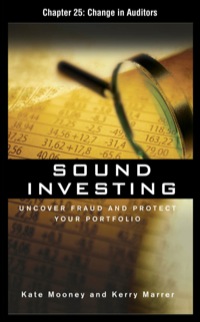Question
Seneca manufactures two products, Regular and Premium, and applies overhead on the basis of machine hours. Anticipated overhead and machine hour time for the upcoming
Seneca manufactures two products, Regular and Premium, and applies overhead on the basis of machine hours. Anticipated overhead and machine hour time for the upcoming accounting period are $640,000 and 20,000 machine hours, respectively. Information about the companys product follows:
| Regular: |
|
| Estimated product volume | 2500 units |
| Direct material cost | $20 per unit |
| Direct labour cost | $35 per unit |
| Premium: |
|
| Estimated product volume | 2000 units |
| Direct material cost | $35 per unit |
| Direct labour cost | $48 per unit |
Senecas overhead of $640,000 can be identified with three major activities: order processing, machining and quality control. These activities are driven by number of orders processed, machine hours worked, and inspection hours, respectively. Data on the activities' cost drivers are provided as follows (both budgeted and actual):
| Overhead activity | Overhead cost | Cost driver | Regular | Premium |
| Order processing | $90,000 | Order processed | 100 orders | 200 orders |
| Machining | $350,000 | Machine hours | 10,000 hours | 10,000 hours |
| Quality control | $200,000 | Inspection hours | 500 hours | 4500 hours |
Senior management is very concerned about declining profitability despite a healthy increase in sales volume. The decrease in profit is especially concerning because the company installed highly automated machinery which was expected to improve operation efficiencies.
Required:
i) Assuming the use of machine hours is used to apply overhead costs to production, calculate the unit manufacturing costs of the Regular and Premium products if the expected manufacturing volume is attained. (2 marks)
ii) Assuming use of activity-based costing, calculate the unit manufacturing costs of the Regular and Premium products if the expected manufacturing volume is attained. (5 marks)
iii) Based on the answers in part i) and ii), comment on the differences in the costs calculated using the two product costing systems. (2 marks)
iv) Senecas selling prices are based heavily on cost. Is it possible that the differences in the costs calculated using the two product costing systems and the subsequent determination of selling prices are contributing to the companys declining profitability? Explain. (3 marks)
Step by Step Solution
There are 3 Steps involved in it
Step: 1

Get Instant Access to Expert-Tailored Solutions
See step-by-step solutions with expert insights and AI powered tools for academic success
Step: 2

Step: 3

Ace Your Homework with AI
Get the answers you need in no time with our AI-driven, step-by-step assistance
Get Started


